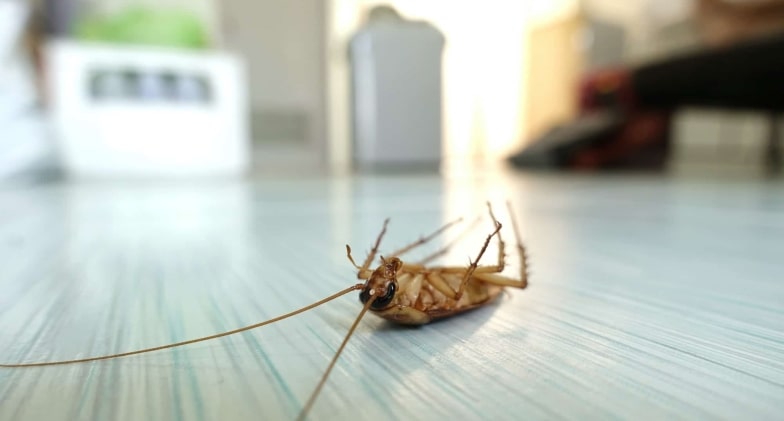Cohesive pest management (CPM) is the process of merging various pest control strategies into a single plan to keep pests and their harm to a minimum. Using a variety of Rove Pest Control methods to combat a pest problem should cause the least amount of interruption to the living creatures and nonliving environment at the treatment location. Relying solely on pesticides to control pests can lead to pesticide tolerance, outbreaks of additional pests, and damage to surfaces or non-target creatures. When it comes to some pests, using pesticides as the sole method of control will result in unsatisfactory results.
To deal with bug issues using pest control, you must first identify the pest or pests in question and then assess whether or not control is necessary for each;
- Decide on your pest control objective.
- Be aware of the different types of control strategies that are available.
- Consider the advantages and disadvantages of each approach or combination of methods.
- Choose the most efficient technique that will cause the least amount of harm to humans and nature.
- Use the strategy’s tactics correctly.
- Local, state and government rules that relate to the circumstance must be followed.
- The approach you choose will be determined by the pest you’ve discovered as well as the type and amount of control required.
Natural Limitations
Natural factors affect all creatures, creating population fluctuations. These natural forces operate independently of humans and can aid or impede pest control efforts. Although you may not be able to change how natural forces affect a pest population, you should be aware of their impact and use it wherever possible. Climate, natural enemies, natural barriers, availability of refuge, and food and water supplies are all factors that influence pest numbers.
Weather condition
Pest activity and reproduction are influenced by weather conditions, particularly temperature, day length, and humidity. Rain, freezing temperatures, drought, and other extreme weather conditions can kill or suppress pests. Indirectly, climate influences pests by influencing the growth and development of their hosts. Plant-eating pest populations are linked to the growth of their host plants. Unusual weather circumstances might alter regular patterns, resulting in more or less harm.
Natural adversaries
Some pests are eaten by birds, reptiles, amphibians, fish, and mammals, which helps decrease their populations. Many predatory and parasitic bugs and insect-like species eat other organisms, including pests. Pest populations are frequently suppressed by pathogens.
Geographical limitations
Mountains and huge bodies of water act as barriers to the spread of many pests. Other landscape characteristics can have similar impacts. Of course, place like London and other urban modern cities that need pest control are a different situation altogether. Each location requires its own methods and experts who are experienced in that location. For example, Diamond Pest Control caters to the London region for pest control and its London specific terrain.
Provisioning of food and water
Pest populations can only survive as long as their roost and water source are available. Pests die or become inactive when their food source, whether plant or animal, is depleted. Many bugs’ life cycles are reliant on the availability of water.
Shelter
The availability of shelter can have an impact on the population of some pests. Some pests require overwintering locations and areas to hide from predators to survive.
Unfortunately, natural pest management methods frequently fail to keep pests under control quickly or fully enough to avoid unacceptable injury or damage.

